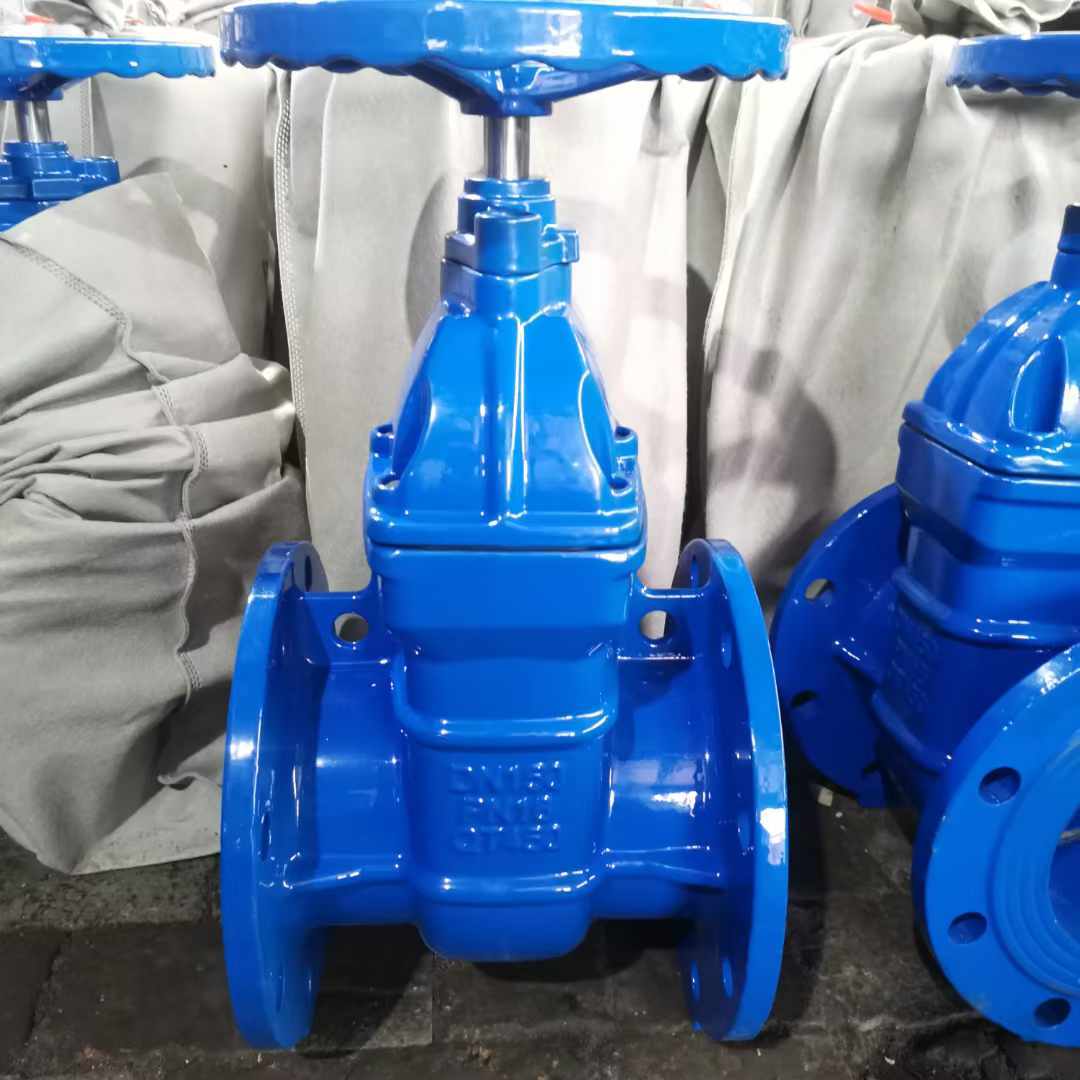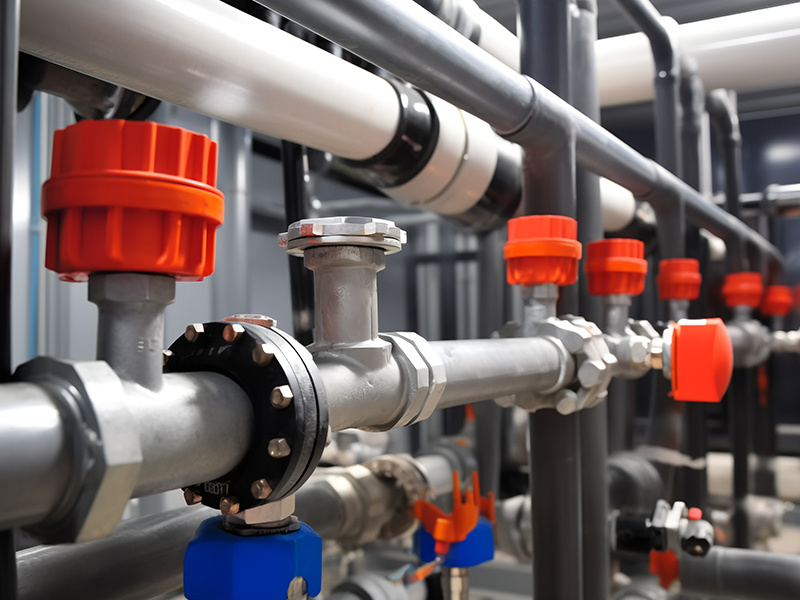What is the cause of leakage in hard sealed gate valves?
Release Time:
Jul 24,2025
What is the cause of leakage in hard sealed gate valves

There are various reasons for water leakage in hard sealed gate valves, which can usually be attributed to the following aspects:
Sealing surface damage: This is the most common cause.
Scratches and wear: Solid particles in the fluid, such as welding slag, sediment, and rust, can cause scratches, abrasions, or abrasion during valve opening and closing or when they flow through the sealing surface at high speeds. Long term use can also lead to normal wear and tear.
Pitting and corrosion: The medium is corrosive or the sealing surface material is improperly selected, resulting in pitting, electrochemical corrosion, or uniform corrosion of the metal sealing surface, which damages the smooth and flat sealing surface.
Deformation: Under high temperature and high pressure, the sealing surface material may undergo creep or deformation; Valves subjected to external impact or excessive pipeline stress may also cause deformation of the valve body or gate, making it impossible for the sealing surface to adhere.
Hot shock/cold brittleness: Extreme temperature changes may cause cracks (especially at low temperatures) or stress deformation (at high temperatures) in the sealing surface material, leading to seal failure.
Impurity blockage:
Impurities (welding slag, iron filings, gasket fragments, scaling, etc.) in the pipeline system are trapped between the gate and valve seat sealing surfaces, preventing the gate from fully closing in place or preventing the sealing surface from effectively fitting.
Installation issues:
Improper installation: During valve installation, the valve stem is not perpendicular to the axis of the valve body, or the pipeline flange is not aligned properly, causing the gate to tilt when closed and unable to evenly press the sealing surface of the valve seat.
Valve stem bending: During installation or operation, the valve stem may bend due to impact or excessive torque, which can also cause the gate to close improperly.
Flange connection leakage: The bolts at the flange connection on both ends of the valve are not evenly tightened, the gasket is damaged or aged, and there are defects (scratches, unevenness, corrosion) on the flange surface, causing the medium to leak from the outside of the valve body (although strictly speaking it is not "internal leakage" of the valve, it is often mistaken for valve leakage).
Improper operation:
Not fully closed: The operator did not apply enough force when closing the valve, and the gate was not fully seated and pressed against the valve seat.
Excessive closure: Using excessive torque to close the valve may cause deformation or even damage to the sealing surface due to compression, or the valve may get stuck or damaged due to excessive force from the brake wedge.
Switch position error: not fully closed or operated incorrectly.
Pressure operation: Forcefully opening and closing the valve under high pressure difference in the system can easily scratch the sealing surface.





